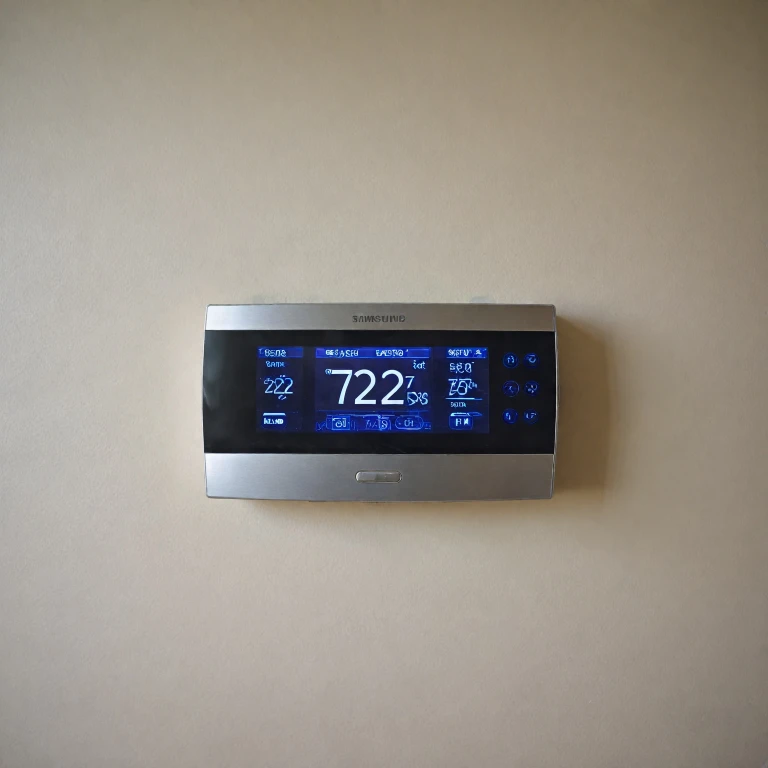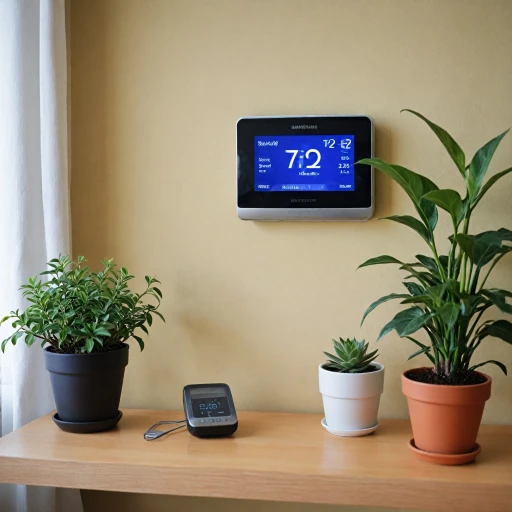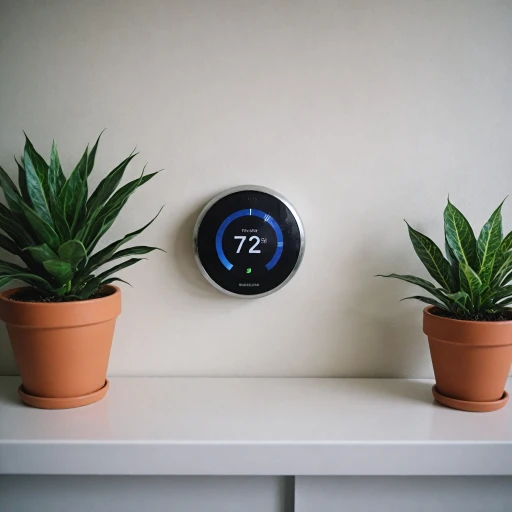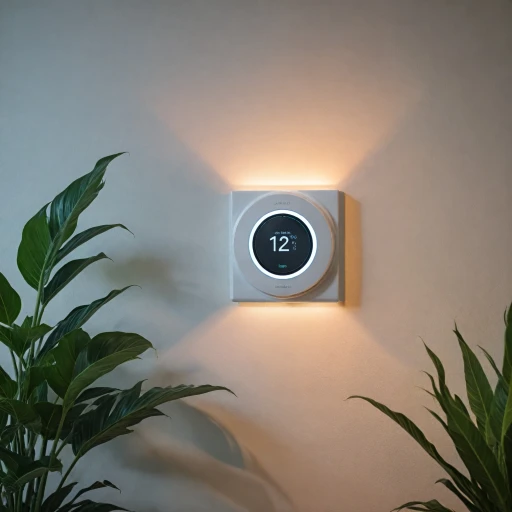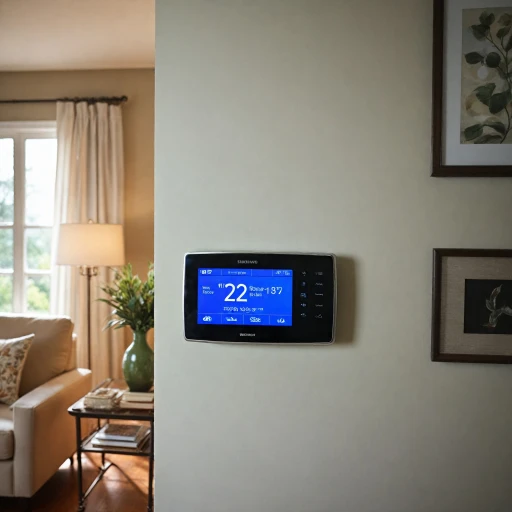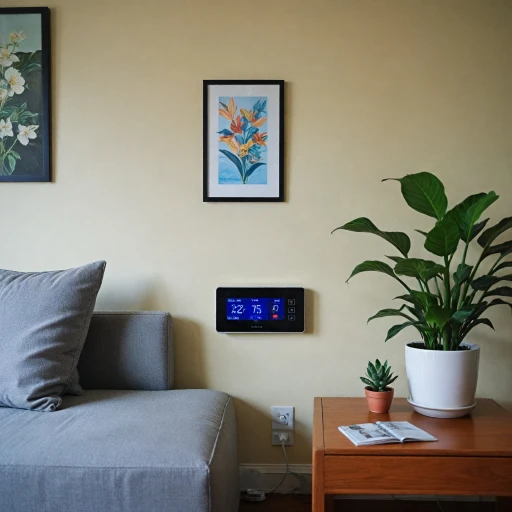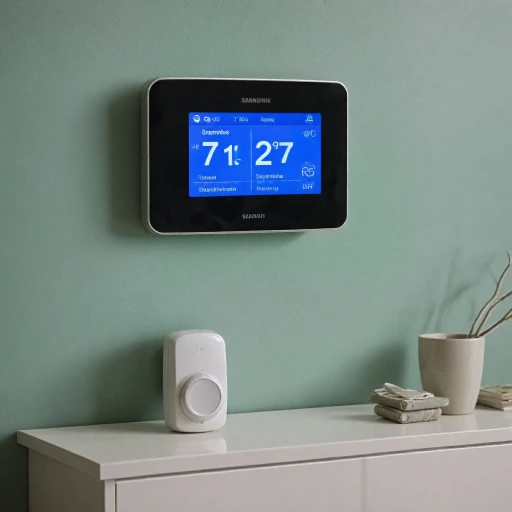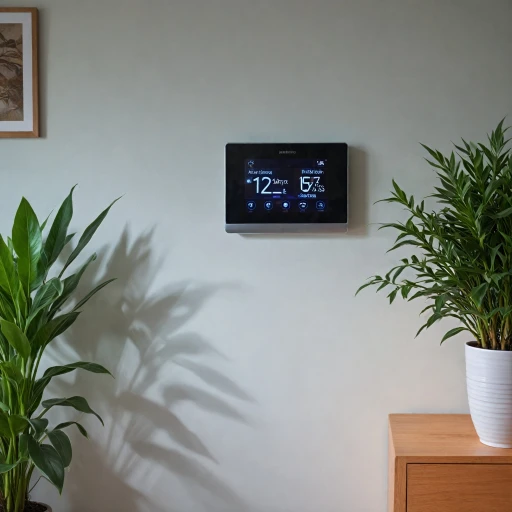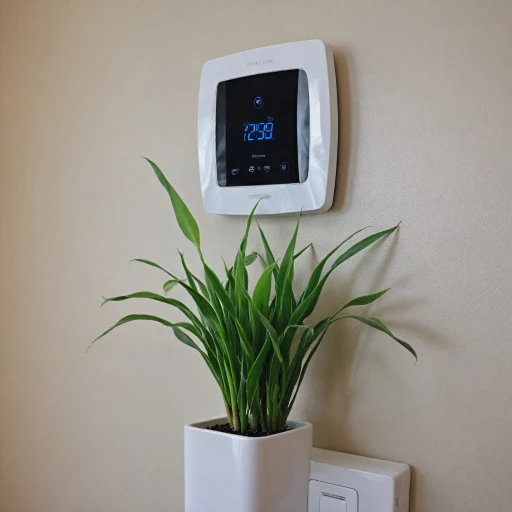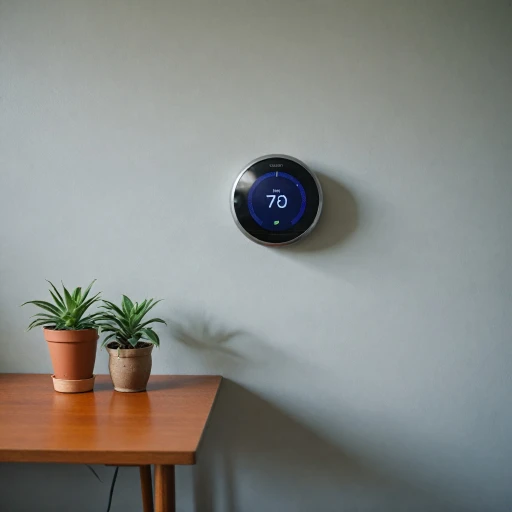
Introduction to the Honeywell TH5110D1022
The Honeywell TH5110D1022 stands out as a reliable non-programmable thermostat option for those seeking a straightforward solution to manage household heating and cooling systems. This particular model is part of the Honeywell FocusPRO series, known for its simplicity and ease of use, thanks to the intuitive digital display and push button controls. If you're tired of fiddly programmable thermostats and are looking for something that doesn't require additional setup or schedules, this product might just be the one for you.
The TH5110D1022 is designed primarily for single stage heating and cooling systems, making it a strong candidate for residential use. The clear and concise interface allows users to immediately see the room temperature and make necessary adjustments with a simple temperature setting. One notable feature is the easy-to-read digital display, which provides a quick view of current conditions and temperature set points.
Despite its basic functionality, it still offers modern capabilities such as auto changeover, which automatically switches between heating and cooling modes as required by your settings. Moreover, the FocusPRO non-programmable thermostat employs an installer setup approach, making the process user-friendly for any type of system control. Plus, the inclusion of a battery holder ensures that it remains functional even during power outages.
For those who prioritize ease and consistency over programmable features, this model serves as a perfect fit. If you’re curious to see how this product stacks up against alternatives, you might find interest in exploring the benefits of the Honeywell Round Digital Thermostat where additional insights are provided into other Honeywell offerings.
Benefits of Non-Programmable Thermostats
Advantages of Non-Programmable Thermostats
Non-programmable thermostats like the Honeywell TH5110D1022 offer several benefits, especially for those seeking simplicity and ease of use in managing their heating and cooling systems. Here’s why some homeowners prefer these thermostats:- Simplicity in Operation: With fewer features to navigate compared to programmable thermostats, non-programmable models are straightforward, making it convenient for users who want a quick view or easy access to temperature settings without the hassle of complex menus or digital programmable interfaces.
- Reliability: Non-programmable thermostats have less technology involved. This often means fewer technical glitches or system malfunctions, allowing users to rely on them for consistent performance.
- Ease of Installation and Setup: Setting up a non-programmable thermostat is generally less complicated, often involving simple push button controls that most homeowners can manage using the manual without professional help. This might also reflect fewer concerns over installer setup errors.
- Reduced Energy Consumption: While programmable thermostats boast energy efficiency by allowing pre-set temperature schedules, non-programmable options can also lead to savings for those who prefer manually adjusting the system as needed, allowing targeted control over heating and cooling only when necessary.
Installation and Setup Tips
Effortless Setup and Installation Advice
Installing a Honeywell TH5110D1022 thermostat is generally a straightforward process, but it’s important to ensure correct setup for optimal performance. This thermostat is known for being user-friendly, whether you’re integrating it into a heating system or transitioning from a more advanced model like a smart thermostat. Here are some key tips to guide your installation and setup.
- Identify Your System Type: Before initiating installation, confirm if your system is compatible with single stage or heat pump configurations. This thermostat supports both heating and cooling setups, but correct identification is crucial for accurate temperature control.
- Positioning and Wiring: Secure an ideal location for your thermostat where temperature readings won’t be skewed by heat, cool drafts, or sunlight. Follow the Honeywell instructions closely for wiring to prevent system turn errors.
- Battery Installation: Install fresh batteries in the battery holder to ensure uninterrupted performance. Although the thermostat is non-programmable, maintaining a reliable power source is essential for accurate temperature settings and display.
- Initial Setup: Familiarize yourself with the digital display and large push buttons that make temperature setting adjustments simple. The system features auto changeover capabilities which transition seamlessly between heating and cooling as required.
- Testing Temperature Control: Check the thermostat’s response by altering the room temperature settings slightly. Monitor the thermostat’s control of your heating and cooling system to ensure it meets your ideal preferences.
While non-programmable thermostats like the Honeywell TH5110D1022 offer a set-and-forget experience, understanding installation nuances will help avoid challenges common in smart thermostats. Moreover, following these setup tips ensures this product performs efficiently across various climate conditions, maintaining your home’s comfort effortlessly.
Comparing Non-Programmable and Smart Thermostats
Understanding the Differences: Non-Programmable vs. Smart Thermostats
It's essential to draw a clear distinction between non-programmable thermostats like the Honeywell TH5110D1022 and smart thermostats, before making a decision on which one to choose. Each has its set of advantages and limitations, catering to different user needs and preferences.
Non-programmable thermostats, such as the Honeywell product, focus on straightforward temperature setting and ease-of-use. They are equipped with basic features like a digital display that shows the room temperature, and you control them using simple push buttons. The Honeywell FocusPRO model, as an example, is celebrated for its reliability in maintaining stable heating and cooling settings once installed.
On the other hand, smart thermostats incorporate advanced technology, allowing for programmable temperature adjustments that are controlled via smartphone apps. These digital programmable devices often come with features like auto changeover from heating to cooling, energy-saving modes, and intelligent learning capabilities. Although these thermostats can be more complex to install and require a stable system type configuration, they offer a higher degree of flexibility and control.
Smart thermostats also provide connectivity to home networks for remote access, often integrating with smart home systems. This gives users the ability to control their heating and cooling systems from anywhere, making them a popular choice for tech-savvy individuals who prefer maximum convenience and energy efficiency.
While non-programmable options are often favored for their simplicity and reliability, smart thermostats are sought after for their innovative features and long-term cost savings on energy bills. If you find programmable thermostats appealing, weighing their added functionality against the simplicity of non-programmable models can guide you in making the right choice. Remember, understanding your specific needs and the features each thermostat type offers will ultimately aid in deciding the best fit for your system turn and heating cooling preferences.
Common Challenges with Smart Thermostats
Challenges You Might Encounter with Advanced Smart Thermostats
Navigating smart thermostats like the Honeywell or other programmable thermostats can bring some challenges, despite their many advantages over non-programmable models. It's important to recognize potential hurdles to make an informed decision.- Complexity in Initial Setup: Unlike non-programmable thermostats such as the Honeywell TH5110D1022, smart thermostats can have an intricate setup process. Users might need to familiarize themselves with digital displays, push button controls, and advanced settings like auto changeover functionality, which can take more time compared to simpler, non-programmable systems.
- System Compatibility: Ensuring compatibility between your cooling or heating system and a new smart thermostat can be problematic. Some smart models support specific systems like single-stage heating and cooling, or heat pumps, which may require installer setup expertise for seamless integration.
- Power Reliance: Smart thermostats often depend on consistent power from your home’s system or batteries. This poses a risk if there is a power outage or if the battery holder isn't functioning properly, affecting temperature control of your heating and cooling system.
- User Experience Variations: The digital programmable interface, with features like quick view or temperature setting adjustments via apps, can confuse those more accustomed to traditional thermostat displays. The focus on digital and number-based interfaces might not cater to everyone’s ease of use.
- Security Concerns: Integrated smart technology in thermostats like the Honeywell FocusPRO may pose cybersecurity risks. Ensuring your thermostat product is secured with updated software can mitigate potential threats.
